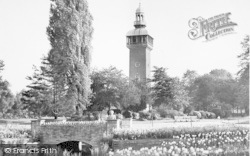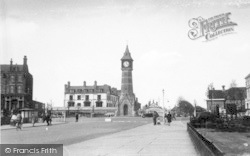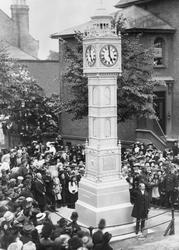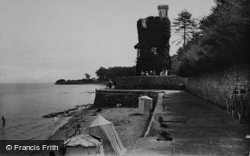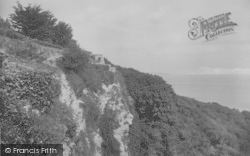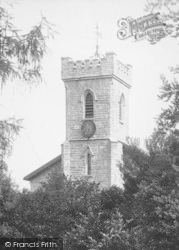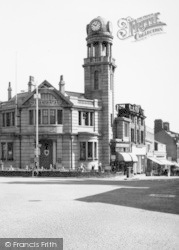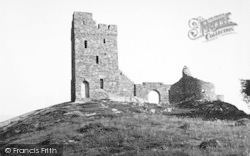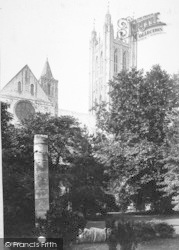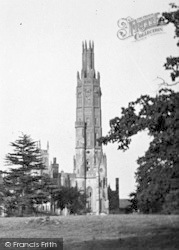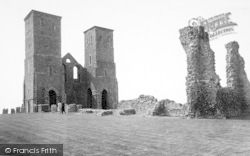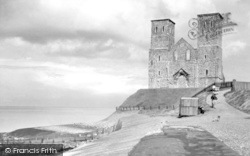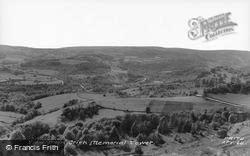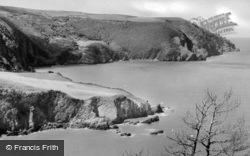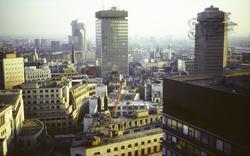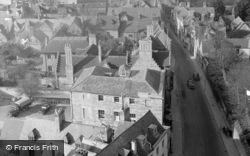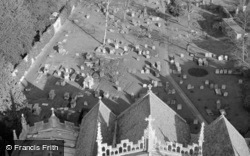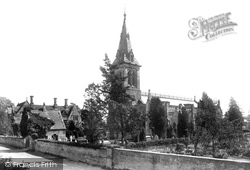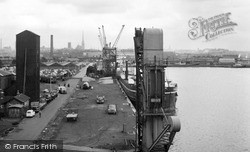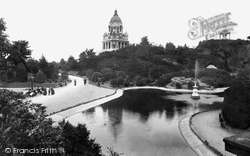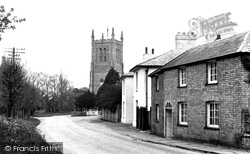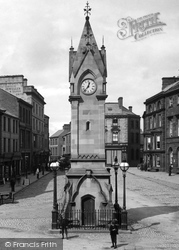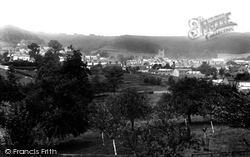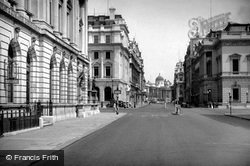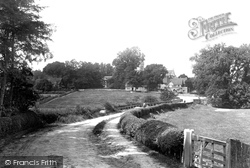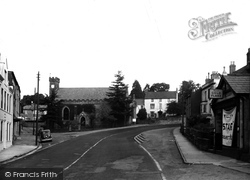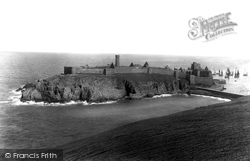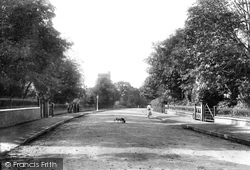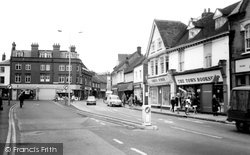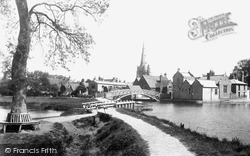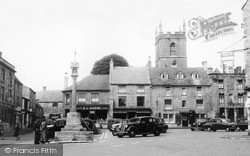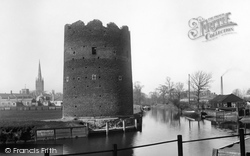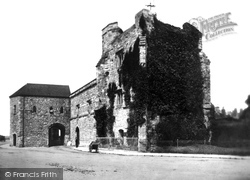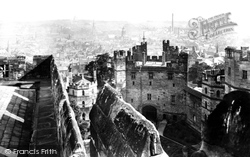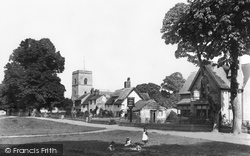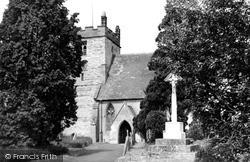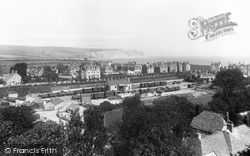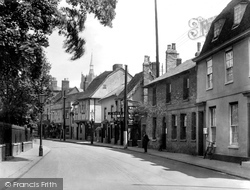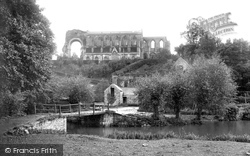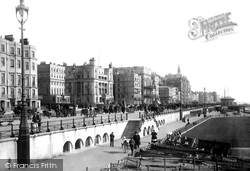Places
36 places found.
Those places high-lighted have photos. All locations may have maps, books and memories.
- Poplar, Middlesex
- Bow, Middlesex
- Bethnal Green, Middlesex
- Stepney, Middlesex
- Alton Towers, Staffordshire
- Isle of Dogs, Middlesex
- Limehouse, Middlesex
- Spitalfields, Middlesex
- Barjarg Tower, Dumfries and Galloway
- Bromley, Middlesex
- Stratford Marsh, Middlesex
- Tower Hill, Merseyside
- Tower Hill, Essex
- St George in the East, Middlesex
- Wapping, Middlesex
- Globe Town, Middlesex
- Old Ford, Middlesex
- Cubitt Town, Middlesex
- Tower Hill, Cheshire
- Tower Hill, Surrey
- Bow Common, Middlesex
- Mile End, Middlesex
- Millwall, Middlesex
- Ratcliff, Middlesex
- Warmley Tower, Avon
- Tower Hill, Hertfordshire
- Tower End, Norfolk
- Tower Hamlets, Kent
- Tower Hill, Devon
- Tower Hill, West Midlands
- Blackwall, Middlesex
- North Woolwich, Middlesex
- Hackney Wick, Middlesex
- Shadwell, Middlesex
- South Bromley, Middlesex
- Tower Hill, Sussex (near Horsham)
Photos
2,720 photos found. Showing results 2,301 to 2,320.
Maps
223 maps found.
Books
1 books found. Showing results 2,761 to 1.
Memories
637 memories found. Showing results 637 to 637.
Captions
3,036 captions found. Showing results 2,761 to 2,784.
The Beresford family tombs are in the churchyard, overlooked by the gargoyles on the tower and the groups of yew trees.
Avenham Tower can be seen in the trees to the right, and the paths lead away to Frenchwood.
Here we see the lake and fountain, and the Ashton Memorial towering over the landscape.
The tower bears an important plaque warning bell ringers from practising during thunderstorms. Next door to the church stood the Robin Hood and Little John public house.
This clock tower monument was erected in 1861 as a memorial to Philip, the eldest son of Sir George and Lady Musgrave of Edenhall, who had died two years earlier in Madrid aged twenty-six.
As well as the tower of St James' church, a number of industrial chimney stacks punctuate the town skyline, hinting at Dursley's manufacturing past.
On the left, beyond the corner building of Waterloo Place (now Brasserie Roux and an hotel), rises New Zealand House, built in 1957-63, a 225ft tower block.
The church of St John the Baptist, originally built between the 13th and 15th centuries, has a late Perpendicular tower, glimpsed through the trees here, and its interior, largely remodelled
The parish church of All Saints is unusually wide, with a tiny tower and high arched windows.
19th-century visitors wishing to get a good view of the town and castle were advised to climb the tower, known as Corrin's Folly, standing on Corrin's Hill (485ft).
The church tower can be seen in the centre of the view, which looks west along what is now called All Saints Road (in 1903 it was Benhill Road).
Certainly the market- place is a weaker affair now, and only partly compensated by a clock tower erected here in 1992 with similar detail to the old town hall's cupola.
The building with the bell tower below the church is the old Grammar School founded in 1559, although mostly rebuilt in the mid 19th century.
The pinnacled 15th-century tower of St Edward's peeps up over the roof tops.
No one now knows why it was called 'Cow Tower', for in previous days it was the water toll gate where the monks' servants collected taxes on vessels plying the river .Traversed by a dozen bridges, the
On the right of the photograph is the 15th-century God's House Tower, formerly the south-east gate of the old town and one of the earliest artillery fortifications in Europe.
We can see the round tower added by King John, and the back of the famous John of Gaunt Gateway; the Ashton Memorial, looking like St Paul's in London, stands out from the murk of Lancaster behind
The church has a Norman tower, and in its churchyard is buried George Orwell, the author of '1984', buried under his real name, Eric Arthur Blair.
After the Dissolution, he spent some years in the Tower of London before becoming Abbot of Westminster under Queen Mary.
The view is north- eastwards from the tower of St Mary's Church to the double sidings of the goods yard (centre) and site of James Panton's Swanage Brewery which was demolished in 1893.
The Gothic west front with a Decorated-style window and the gable tower were added in 1891 in white brick, almost masking the earlier red-brick 'preaching-box' behind.
According to a medieval manuscript, a monk called Elmer tried to fly from the tower, and managed to cover the distance of a furlong before falling to the ground – and surviving.
As we look toward West Pier from the west, we see the landward pavilion at the right, then the tower of the Metropole to its left. Nearer the camera are a range of somewhat disparate stucco fronts.
The church of St John the Baptist, originally built between the 13th and 15th centuries, has a late Perpendicular tower, glimpsed through the trees here, and its interior, largely remodelled by Sir
Places (38)
Photos (2720)
Memories (637)
Books (1)
Maps (223)


